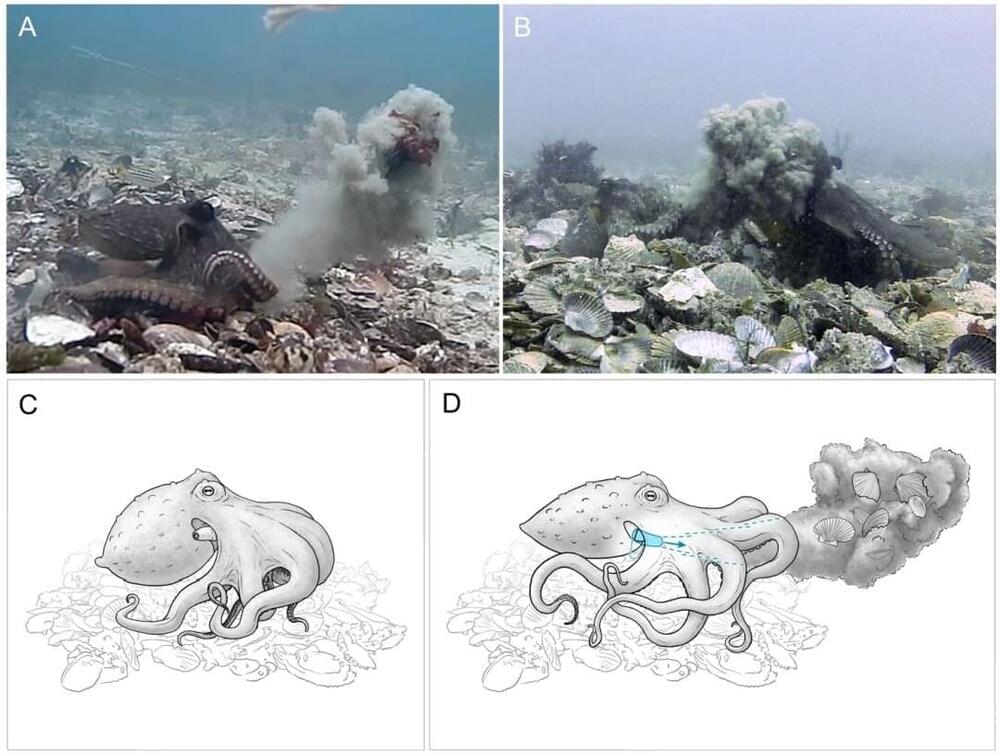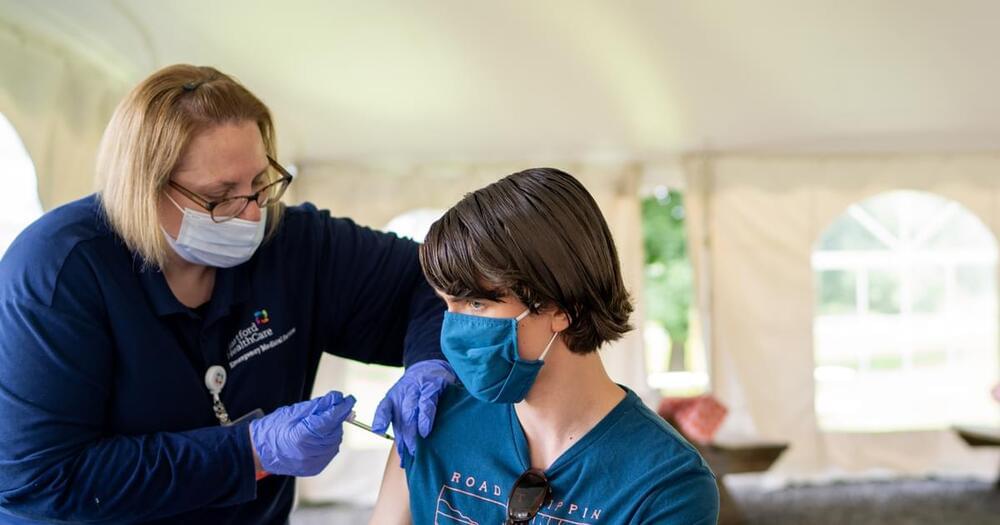One of the most difficult aspects of gene therapy might be ensuring that it gets into the right cells safely so it can have a therapeutic effect. Researchers have now created a new way to deliver various types of RNA cargo to cells, which utilizes one of the human body’s natural proteins to create particles that can bind to RNA. This approach, called SEND, may help reduce any immune response that would be mounted against a gene therapy. The work has been reported in Science.
Current delivery systems are not efficient, may integrate their cargo improperly, and can cause serious immune reactions. “The biomedical community has been developing powerful molecular therapeutics, but delivering them to cells in a precise and efficient way is challenging,” said senior study author Feng Zhang, Ph.D., a core institute member at the Broad Institute, among many other appointments. “SEND has the potential to overcome these challenges.”








